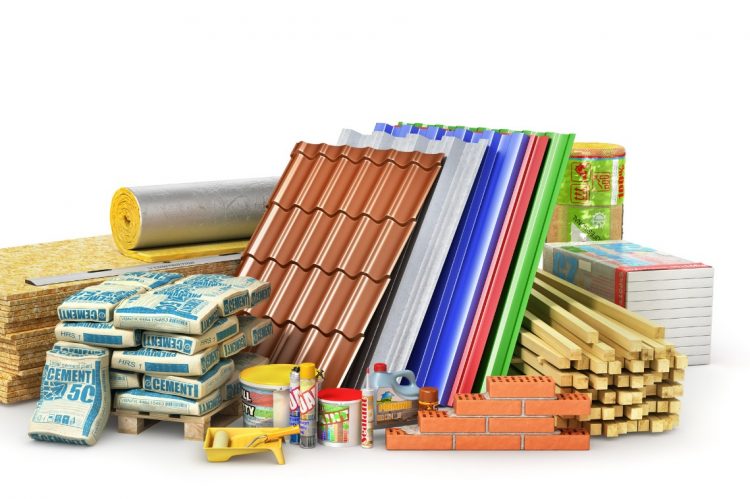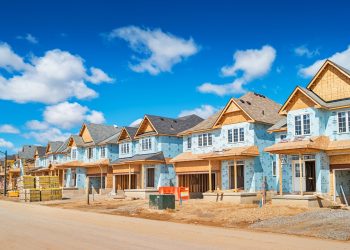After an aborted launch on Sat. Feb. 1, 2025, President Trump’s 25% tariffs on imports from Canada and Mexico have been postponed to a Mar. 6, 2025 launch—new tariffs on China remain in effect. In the meantime, though, real estate analytics giant CoreLogic has published a new report that dives into the data of this question: How much will tariffs impact construction costs, and on which building materials?
Report Looks at Potential Long-Term Consequences Should Tariffs Materialize
Though the full effects remain difficult for economists to parse out, a new Corelogic analysis found that builders changing sources to domestically made materials could lead to a supply-chain "bottleneck" and a price hike by other means.
Seamlessly Navigate Each Step of the Transaction for Your Clients
Understand every piece of the transaction puzzle to ease your client’s experience. Earn the Accredited Buyer’s Representative (ABR®) designation to grow your business and get more repeat clients this year. Get started today.
Business Tip of the Day provided by
Categories
The Most Important Real Estate News & Events
Click below to receive the latest real estate news and events directly to your inbox.
By signing up, you agree to our TOS and Privacy Policy.













